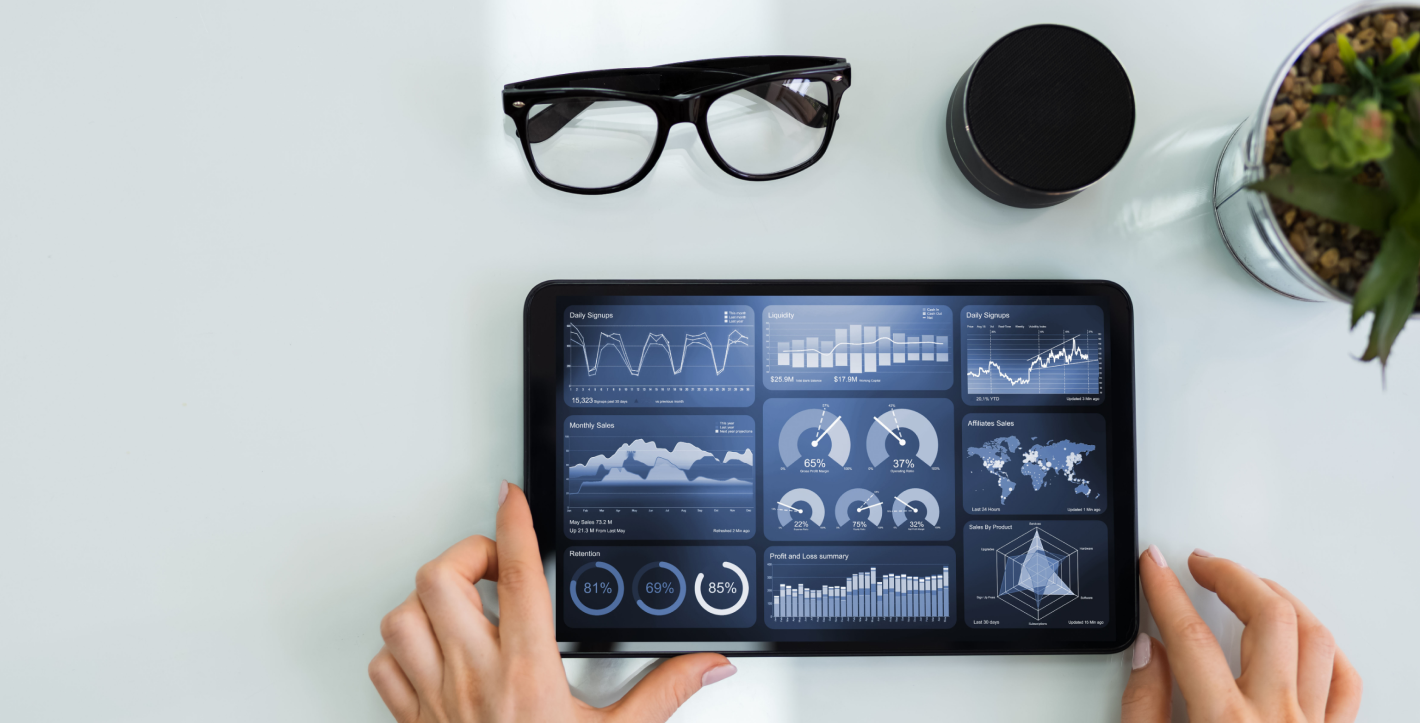Robots Like Us
Share this article
Non-humanoid robots are already at work in many factories, performing standardized, repetitive tasks at low cost and with high efficiency.
Humanoid robots, however, have been much harder to design and bring to market. To have human-like behaviors and take on roles such as teaching, job training, personal assistance, caregiving, running errands, entertaining and food service, they need to be much more complex and advanced than anything on the market today, including self-driving vehicles.
So far, no company has succeeded in developing commercially viable human-like robots that could help us tackle the more sophisticated tasks we hope to offload.
However, this doesn’t mean humanoid robots are science fiction. They may be making their way into our lives sooner than you think.
A look at the (near) future
Our current US manufacturing labor shortage is predicted to worsen through the next decade. Could humanoid robots come to the rescue?
Goldman Sachs Research estimates we could have at least a $6 billion market in humanoid robots in the next 10 to 15 years. This would fill 4% of the projected US manufacturing labor shortage by 2030.
In a best-case or “blue sky” scenario, that market could reach $154 billion by 2035 and fill about 48% to 126% of our predicted manufacturing labor gap.
Consumer and household applications will come a little later because the challenges are harder to solve. These include many different application scenarios, more varied object recognition and more complicated navigation, as well as lower price points.
But Goldman Sachs (GS) analysts believe, under certain assumptions, humanoid robots could be economically viable in factories between 2025 and 2028 and in consumer applications between 2030 and 2035.
The tech challenges
GS researchers point out several major challenges we need to overcome to make humanoid robots a productive part of our lives:
- Today’s humanoid robots can only work in short one- or two-hour bursts before they need recharging. Battery life would need to improve so they could work for up to 20 hours before requiring recharging. Shortening the charging time could also be an option, where a one-hour fast charge could power them through a four- to five-hour shift before they needed another charging “break.”
- Some humanoid robots have mastered mobility and agility movements, while others can handle cognitive and intellectual challenges – but none can do both yet. To perform many of the tasks we’re designing them for, they’ll need to do both at an even higher level than today’s prototypes.
- Humanoid robots need better sense organs – depth cameras; touch, visual and voice sensors, etc.
- Computation needs to improve so robots can reliably avoid obstacles, find the quickest way to complete a task and respond to human questions.
- Humanoid robots will also need extensive and initially time-consuming on-the-job training, like other artificial intelligence (AI) systems.
- Robot makers will need to bring production costs down by roughly 15-20% per year to make them affordable.
Today’s still-struggling humanoid robots may have far to go, but the path is clear. Humanoid robot technologies are not revolutionary. They are an evolution of related applications like automation, autonomous driving and AI, and as we continue to make progress in those areas, our human-like counterparts will benefit as well.
The human challenges
But humanoid robots are more than just an evolution of advanced technology: They are an incomplete reflection of our own humanity. And this raises its own issues, especially in consumer applications. How will ordinary people react and respond to their new helpers?
- Will they be safe, and will we feel safe with them? Will we trust them?
- What will our interactions feel like with machines that look like us but don’t have human emotions?
- How much do we want them to look like us? What does “looking like us” mean in a diverse world?
- How will we safeguard information they collect about us – especially in our own homes?
- What ethical questions might arise around their autonomy/dependence?
As engineers continue to make advancements in humanoid robotics, these are just some of the big questions for us to think about before the technology arrives on our doorsteps.
This article is for informational purposes only and is not a substitute for individualized professional advice. Articles on this website were commissioned and approved by Marcus by Goldman Sachs®, but may not reflect the institutional opinions of The Goldman Sachs Group, Inc., Goldman Sachs Bank USA, Goldman Sachs & Co. LLC or any of their affiliates, subsidiaries or divisions.
Connect with us on social media
Join our Marcus social media community, where we share content and inspiration to help improve your financial health. See you there!

 3 min read
3 min read

